Growing up in a family that moved between Pampanga and Bataan, I thought I knew everything there was to know about longganisa. After all, Pampanga's garlicky version was our weekend breakfast staple, and I'd proudly tell anyone who'd listen that we had the best longganisa in the Philippines.
But during my first trip to Cebu, I discovered Chorizo de Cebu – these adorably small, round sausages that completely changed my perspective.
Unlike our Kapampangan longganisa's bold, garlicky punch, these Cebuano treasures surprised me with their subtle sweetness and juicy texture. When served with puso (hanging rice), it was a revelation that made me realize how beautifully diverse our Filipino breakfast traditions are.
After countless attempts to recreate this Cebuano delicacy in my own kitchen, I'm excited to share this perfected Chorizo de Cebu recipe that brings that authentic Carbon Market breakfast experience right to your home.
Jump to:
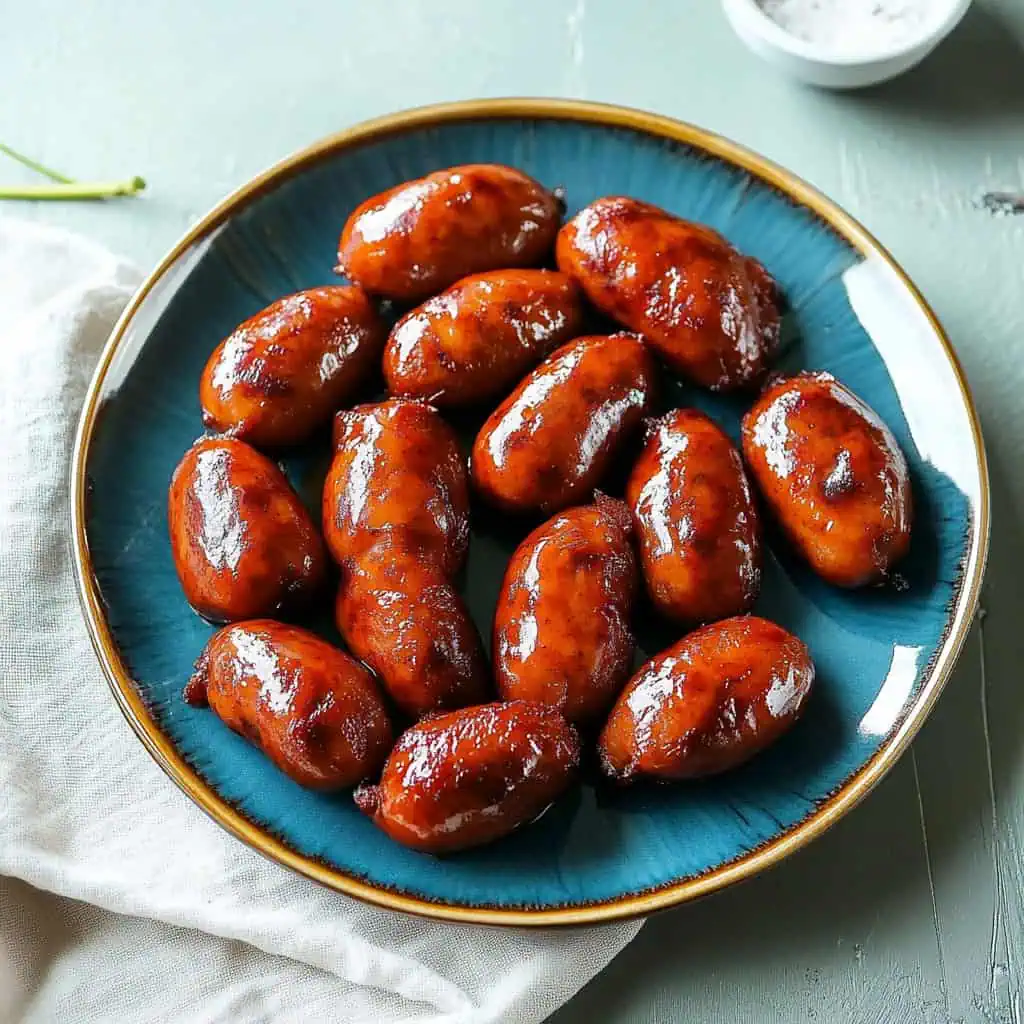
Why You'll Love This Recipe
- Authentic Cebuano Flavor: Experience the perfect balance of sweet, savory, and aromatic notes that made this sausage famous
- Make-Ahead Friendly: Can be frozen for up to 3 months
- Versatile: Perfect for breakfast, lunch, or dinner
- Customizable: Easy to adjust sweetness and spiciness to your taste
- Restaurant-Quality: Create the iconic Cebuano street food at home
Ingredients
The ingredients in Chorizo de Cebu work together to create its signature taste and texture. Ground pork provides the foundation, while the perfect balance of salt, sugar, and spices delivers that authentic sweet-savory Cebuano flavor. Anise wine adds a subtle licorice note that distinguishes this sausage from other Filipino varieties.
Pineapple juice does double duty, it tenderizes the meat while adding natural sweetness. The binding ingredients (TVP, protein isolate, and carrageenan) ensure the perfect juicy-yet-firm texture, while Prague powder preserves both color and freshness. Garlic and paprika round out the flavor profile with aromatic depth and mild spice.
Together, these carefully selected ingredients create a chorizo that captures the essence of Cebuano culinary tradition in every bite.
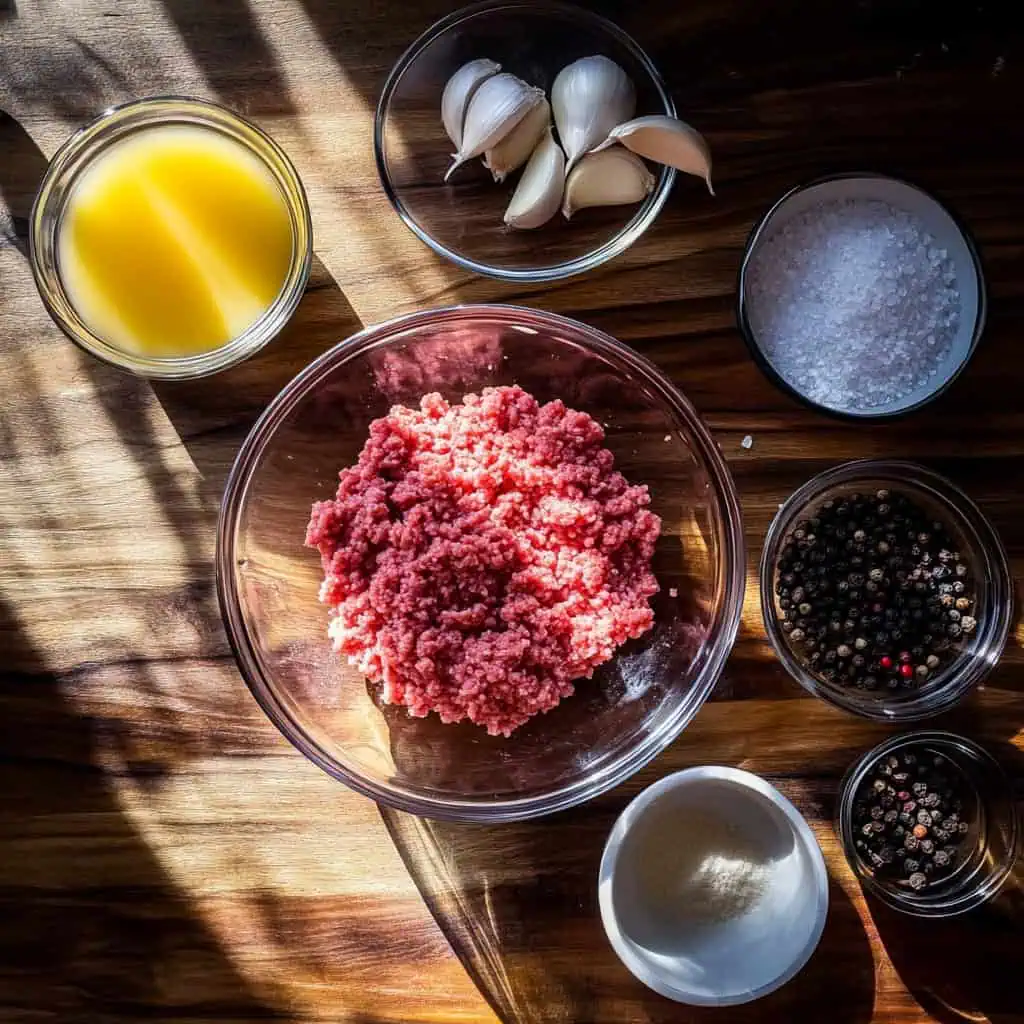
For the Meat Mixture:
- 1.2 kilograms ground pork
- 1 tablespoon coarse salt
- ½ teaspoon Prague powder #1 (curing salt / pink salt)
- 1 teaspoon sodium phosphate
- ¼ cup cold water
- ¼ cup TVP (Textured Vegetable Protein)
- 1 tablespoon Isolate protein
- ½ teaspoon Carrageenan
- 2 tablespoon sugar
- 6 tablespoon minced garlic
- 2 tablespoon paprika
- 3 tablespoon Anise Wine/Anisado Wine
- 1 tablespoon ground black pepper
- 2 tablespoon pineapple juice
- ½ teaspoon meat enhancer (optional)
For Casing (Optional):
- Natural hog casings
- Wax/parchment paper for shaping
Equipment
- Large mixing bowl: For combining and marinating all ingredients thoroughly
- Kitchen scale: Ensures accurate measurements for consistent results
- Meat grinder: If using whole cuts of pork instead of pre-ground meat
- Sausage stuffer or piping bag: For filling casings if making traditional style
- Sharp knife: For portioning the sausages evenly
- Plastic gloves: Keeps hands clean while mixing the meat and prevents contamination
- Parchment paper: For wrapping individual sausages if not using casings
- Heavy-bottomed skillet: Provides even heat distribution for perfect browning
- Meat thermometer: Ensures sausages reach the safe internal temperature of 71°C (160°F)
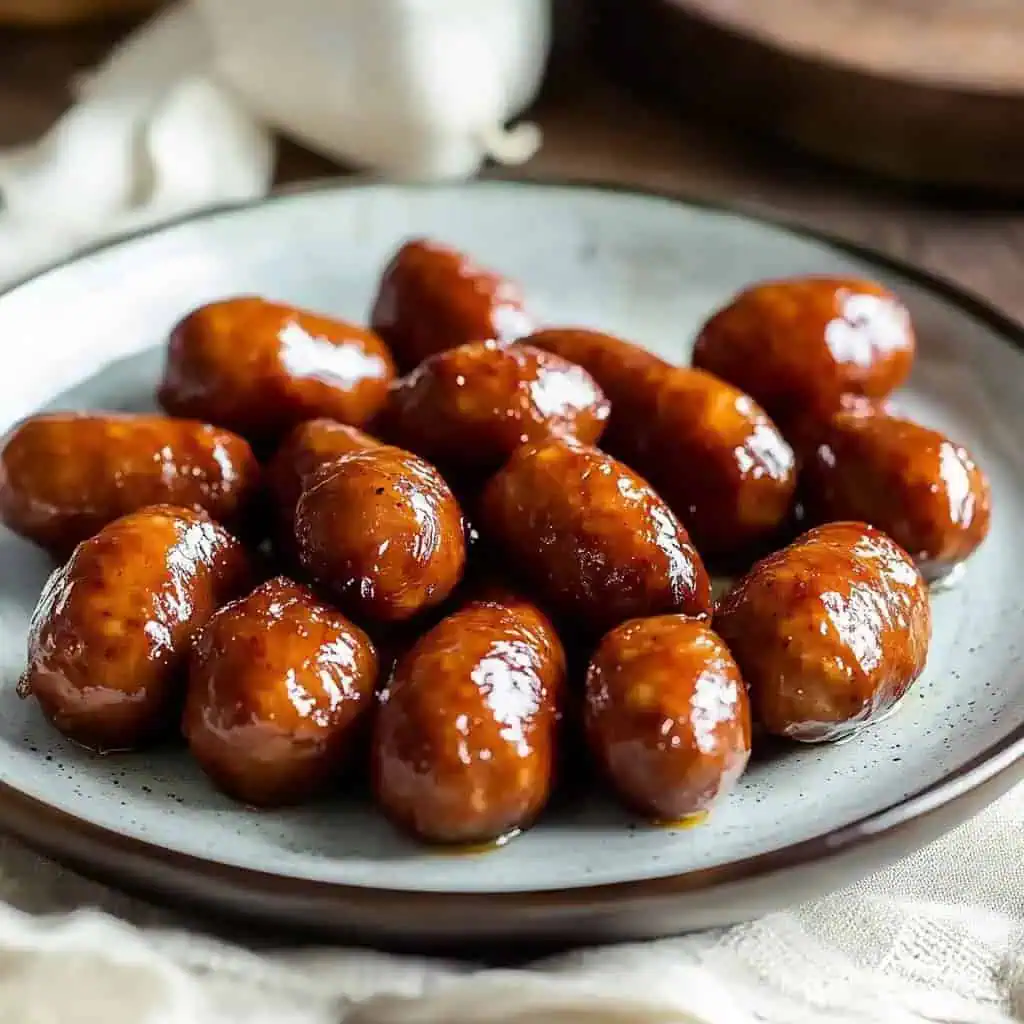
How To Make
- Before starting, ensure all ingredients are measured and ready. Set your ground pork, wine, and other ingredients on the counter, and put on clean plastic gloves for handling the meat.
- Start by mixing the salt, Prague powder, sodium phosphate, anise wine, and cold water in a large bowl until everything dissolves. Add the TVP, Isolate, and Carrageenan to this liquid mixture and stir well.
- Now add your ground pork to the bowl. Follow with the sugar, minced garlic, paprika, ground black pepper, pineapple juice, and meat enhancer if using. Mix everything together with your gloved hands until the meat is evenly seasoned. Keep mixing until you don't see any patches of plain ground pork.
- Write down the time, then cover your bowl with plastic wrap and place it in the refrigerator. Let it marinate for at least 8 hours but no more than 12 hours. Going over 12 hours will make your chorizo too sour.
- After marination, take the bowl out of the refrigerator. If you're using sausage casings, fill them with the meat mixture and twist every 2 inches to make small, round sausages. If you don't have casings, shape the meat into small round patties about 2 inches wide and wrap each one in parchment paper.
- Heat your pan over medium heat. If you wrapped your chorizo in paper, remove the paper before cooking. Cook the chorizo for about 7-8 minutes on each side until they're golden brown. Don't poke holes in them while cooking or they'll lose their juices.
- Serve your chorizo hot with rice, especially with puso (hanging rice) if you can find it. They're perfect with spiced vinegar on the side.
- To save for later, wrap each uncooked chorizo individually and freeze for up to 3 months. When you want to cook them, thaw in the refrigerator overnight and follow the same cooking instructions.

Tips from Lola's Kitchen
- Use cold ingredients to prevent the fat from melting during mixing
- For best results, grind your own pork using 70% lean meat and 30% fat
- Chill your mixing bowl before using to keep the meat mixture cool
- Test a small portion by frying before wrapping all the mixture to adjust seasonings if needed
- Don't skip the pineapple juice - it helps tenderize the meat and adds subtle sweetness
- Mix until the mixture becomes sticky and starts to pull away from the sides of the bowl
- Wear gloves not just for hygiene but to prevent the mixture from sticking to your hands
- Let the meat rest after cooking for 2-3 minutes to allow juices to redistribute
Traditional Serving Suggestions
- Serve with puso (hanging rice wrapped in coconut leaves)
- Pair with spiced vinegar (suka) for dipping
- Add a fried egg (pritong itlog) on the side for a complete breakfast
- Serve with achara (pickled papaya) for a tangy contrast
- Best enjoyed for breakfast with garlic rice
Substitutions
- Anise Wine: Use 1 teaspoon of ground star anise mixed with 3 tablespoons of dry white wine
- TVP: Substitute with an equal amount of breadcrumbs for binding
- Prague Powder: Can be omitted if consuming immediately (within 24 hours)
- Meat Enhancer: Replace with a pinch of MSG or additional salt to taste
- Carrageenan: Use twice the amount of cornstarch as a thickening alternative
- Pineapple Juice: Fresh lemon juice (1 tablespoon) can work as a tenderizer
- Sodium Phosphate: Baking soda (¼ teaspoon) can help with moisture retention
Troubleshooting
Mixture Too Wet:
- Add more TVP or meat to absorb excess moisture
- Refrigerate the mixture for 30 minutes to firm it up
Sausages Breaking During Cooking:
- Don't pierce casings before or during cooking
- Cook on medium heat rather than high heat
- Ensure the mixture is properly bound before shaping
Mixture Too Sour:
- Caused by over-marination
- Strictly follow the recommended marination time of 8-12 hours
- If already too sour, add ½ teaspoon more sugar to balance
Sausages Shrinking Too Much:
- Mixture may have too little binding agent
- Add more TVP or protein isolate
- Form sausages slightly larger than desired final size
Uneven Cooking:
- Use a heavy-bottomed pan for better heat distribution
- Cook in small batches to avoid overcrowding
- Let the pan come back to temperature between batches
Storage & Reheating
Fresh Storage:
- Keep refrigerated for up to 3 days in an airtight container
- Store raw sausages on the bottom shelf of your refrigerator
Freezing:
- Wrap each uncooked sausage individually in plastic wrap, then place in a freezer bag
- Store for up to 3 months
- Label with the date of freezing
Thawing:
- Thaw overnight in the refrigerator for best results
- Never thaw at room temperature to prevent bacterial growth
Reheating:
- Pan-fry on medium heat until hot throughout (about 5 minutes)
- For cooked leftovers, reheat in a covered pan with a tablespoon of water to prevent drying out
- You can also microwave for 1-2 minutes, covered with a damp paper towel
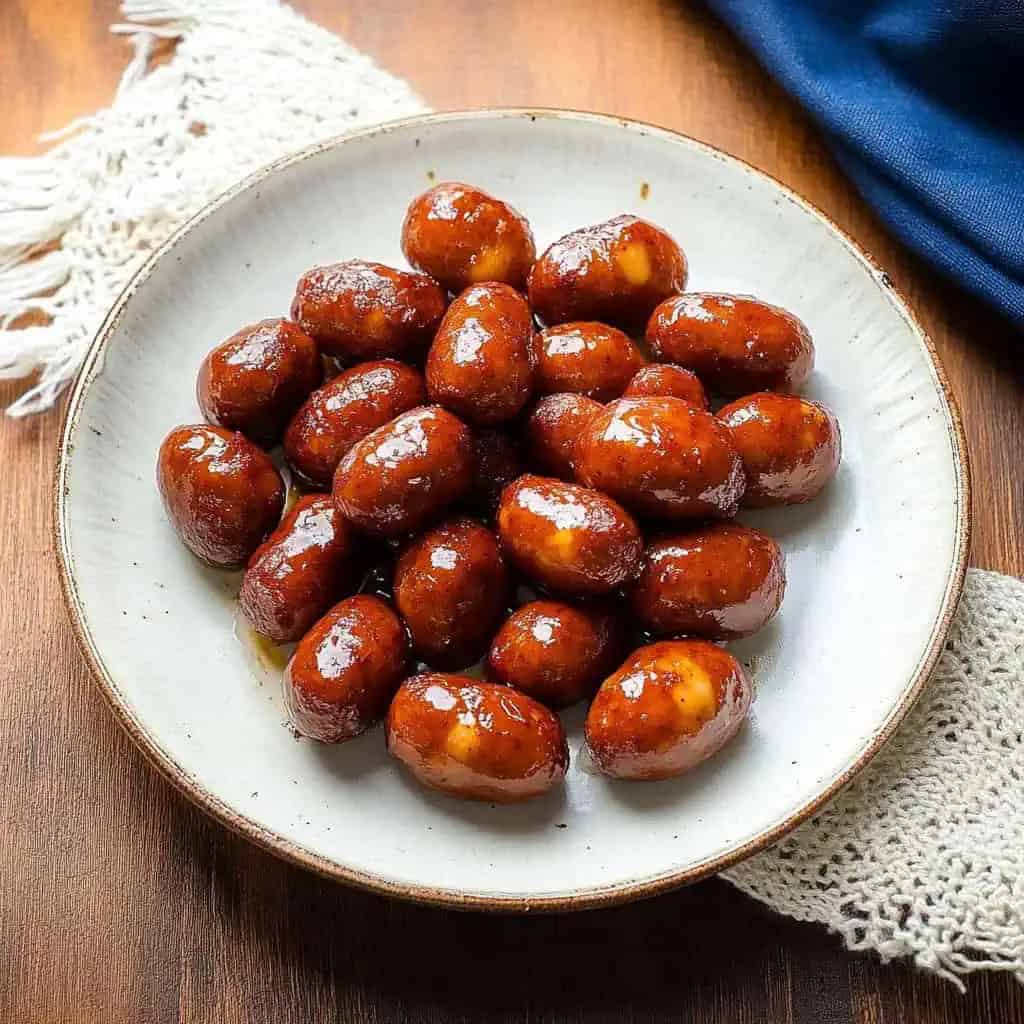
FAQ
Can I freeze uncooked Chorizo de Cebu?
Yes, you can freeze uncooked Chorizo de Cebu for up to 3 months in an airtight container. Wrap each piece individually in parchment paper first, then place in a freezer bag to prevent them from sticking together.
Why use Prague Powder?
Prague Powder (curing salt) serves two important purposes: it preserves the meat's pink color and provides food safety by preventing bacterial growth during the curing process. This is especially important when making sausages that require marination.
Can I skip the marination step?
Not recommended. Marination is essential as it develops the complex flavors that make Chorizo de Cebu special. It also allows the curing agents and seasonings to properly penetrate the meat.
What's the best pork cut to use?
Pork shoulder (kasim) with 30% fat content is ideal for Chorizo de Cebu. This cut provides the perfect balance of lean meat and fat for juicy, flavorful sausages.
How do I know when they're fully cooked?
The sausages should reach an internal temperature of 71°C (160°F) when fully cooked. If you don't have a meat thermometer, cook until they're golden brown on all sides and no longer pink in the center.
Why are my sausages dry after cooking?
This could be due to overcooking or insufficient fat content. Aim for meat with 30% fat, and avoid piercing the sausages while cooking to retain juices.
Can I make this recipe with chicken or beef instead?
While traditional Chorizo de Cebu uses pork, you can experiment with ground chicken thigh (for chicken) or chuck (for beef). You'll need to adjust the fat content and possibly add a tablespoon of oil to the chicken version.
How do I know if my chorizo has gone bad?
Discard the chorizo if you notice an off smell, slimy texture, or discoloration. When properly stored, raw chorizo should remain good for 3 days in the refrigerator.
What should I serve with Chorizo de Cebu for a complete meal?
For an authentic Cebuano breakfast, serve with puso (hanging rice) or steamed rice, fried eggs, and spiced vinegar. Add fresh sliced tomatoes or achara (pickled papaya) on the side.
Can I make a larger batch and preserve it longer?
Yes, but ensure proper storage. For longer preservation (beyond 3 months), consider vacuum sealing before freezing.
Related
Looking for other recipes like this? Try these:
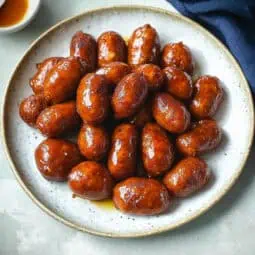
Chorizo de Cebu
Equipment
- Large mixing bowl (for marinating)
- Kitchen scale (for accurate measurements)
- Meat grinder (if using whole cuts of pork)
- Sausage stuffer or piping bag (for filling casings)
- Sharp knife (for portioning)
- Plastic gloves (for mixing)
- Parchment paper (if not using casings)
- Heavy-bottomed skillet or pan (for cooking)
- Meat thermometer (for food safety)
Ingredients
For the Meat Mixture
- 1.2 kilograms ground pork giniling na baboy
- 1 tablespoon coarse salt maalat na asin
- ½ teaspoon Prague powder #1 curing salt / pink salt
- 1 teaspoon sodium phosphate sodium phosphate
- ¼ cup cold water malamig na tubig
- ¼ cup TVP Textured Vegetable Protein / protein na gawa sa gulay
- 1 tablespoon Isolate protein isolate
- ½ teaspoon Carrageenan carrageenan
- 2 tablespoon sugar asukal
- 6 tablespoon garlic minced (bawang, trinurang pino)
- 2 tablespoon paprika paprika
- 3 tablespoon Anise Wine/Anisado Wine alak na may anise
- 1 tablespoon ground black pepper dinurog na paminta
- 2 tablespoon pineapple juice katas ng pinya
- ½ teaspoon meat enhancer optional (pangsarap ng karne)
For Casing (Optional)
- Natural hog casings
- Wax/parchment paper for shaping
Instructions
- Before starting, ensure all ingredients are measured and ready. Set your ground pork, wine, and other ingredients on the counter, and put on clean plastic gloves for handling the meat.
- Start by mixing the salt, Prague powder, sodium phosphate, anise wine, and cold water in a large bowl until everything dissolves. Add the TVP, Isolate, and Carrageenan to this liquid mixture and stir well.
- Now add your ground pork to the bowl. Follow with the sugar, minced garlic, paprika, ground black pepper, pineapple juice, and meat enhancer if using. Mix everything together with your gloved hands until the meat is evenly seasoned. Keep mixing until you don't see any patches of plain ground pork.
- Write down the time, then cover your bowl with plastic wrap and place it in the refrigerator. Let it marinate for at least 8 hours but no more than 12 hours. Going over 12 hours will make your chorizo too sour.
- After marination, take the bowl out of the refrigerator. If you're using sausage casings, fill them with the meat mixture and twist every 2 inches to make small, round sausages. If you don't have casings, shape the meat into small round patties about 2 inches wide and wrap each one in parchment paper.
- Heat your pan over medium heat. If you wrapped your chorizo in paper, remove the paper before cooking. Cook the chorizo for about 7-8 minutes on each side until they're golden brown. Don't poke holes in them while cooking or they'll lose their juices.
- Serve your chorizo hot with rice, especially with puso (hanging rice) if you can find it. They're perfect with spiced vinegar on the side.
- To save for later, wrap each uncooked chorizo individually and freeze for up to 3 months. When you want to cook them, thaw in the refrigerator overnight and follow the same cooking instructions.
Tips from Lola's Kitchen
- Use cold ingredients to prevent the fat from melting during mixing
- For best results, grind your own pork using 70% lean meat and 30% fat
- Chill your mixing bowl before using
- Test a small portion by frying before wrapping all the mixture
- Don't skip the pineapple juice - it helps tenderize the meat
Nutrition
The Story Behind Chorizo de Cebu
In the bustling streets of Cebu City, particularly around the historic Carbon Market, a unique breakfast tradition has been captivating locals and visitors alike for generations. Chorizo de Cebu, with its distinctive small, round shape and sweet-savory profile, tells a story of cultural fusion that's quintessentially Cebuano.
Unlike its Spanish colonial namesake, Chorizo de Cebu evolved to reflect the Cebuano palate's preference for sweeter flavors, a characteristic that distinguishes it from other Philippine longganisa varieties. While Vigan is known for its garlicky punch and Lucban for its ginger notes, Cebu's version embraced a subtler balance of flavors, incorporating unique ingredients like anise wine and pineapple juice – a nod to the region's historical trade connections and abundant tropical produce.
What truly sets this sausage apart is its serving tradition. Cebuanos ingeniously paired it with puso, or hanging rice – diamond-shaped rice parcels wrapped in woven coconut leaves. This combination emerged from Cebu's port city culture, where traders and workers needed portable, ready-to-eat meals. The puso's clever packaging kept the rice fresh while complementing the chorizo's rich flavors, creating a beloved street food duo that has become synonymous with Cebuano breakfast identity.
Today, while modern variations exist, traditional Chorizo de Cebu makers still follow time-honored techniques passed down through generations. The careful balance of curing agents, the precise marination time, and the characteristic small shape are all results of years of perfecting this beloved breakfast staple. From humble street food origins to becoming a celebrated regional specialty, Chorizo de Cebu represents the innovative spirit of Cebuano cuisine, where traditional methods meet local taste preferences to create something uniquely their own.
The recent surge in popularity of regional Filipino cuisines has brought renewed attention to this Cebuano treasure, with food enthusiasts and chefs recognizing its distinct contribution to the rich tapestry of Philippine breakfast culture. Whether enjoyed at home or from a street vendor with freshly made puso, Chorizo de Cebu continues to be a proud symbol of Cebuano culinary heritage, delighting new generations while maintaining its authentic charm.
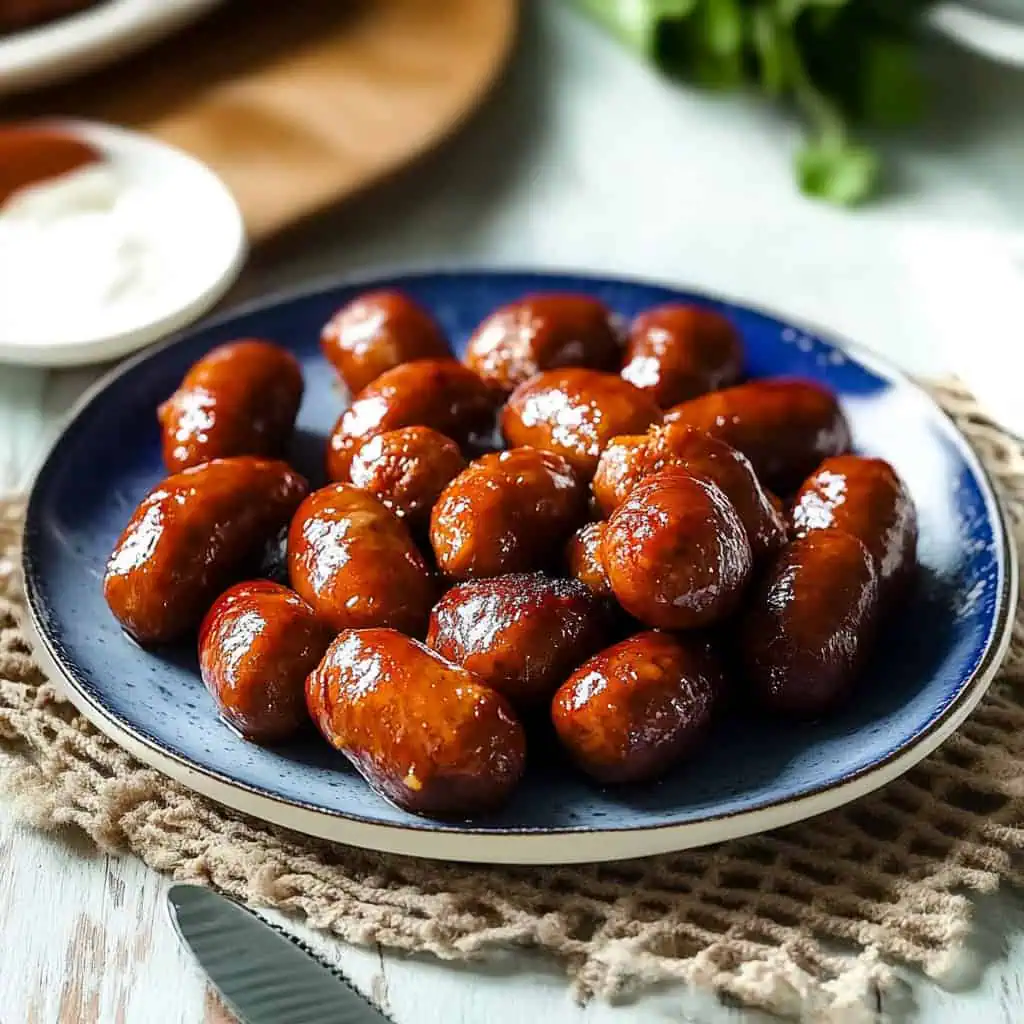

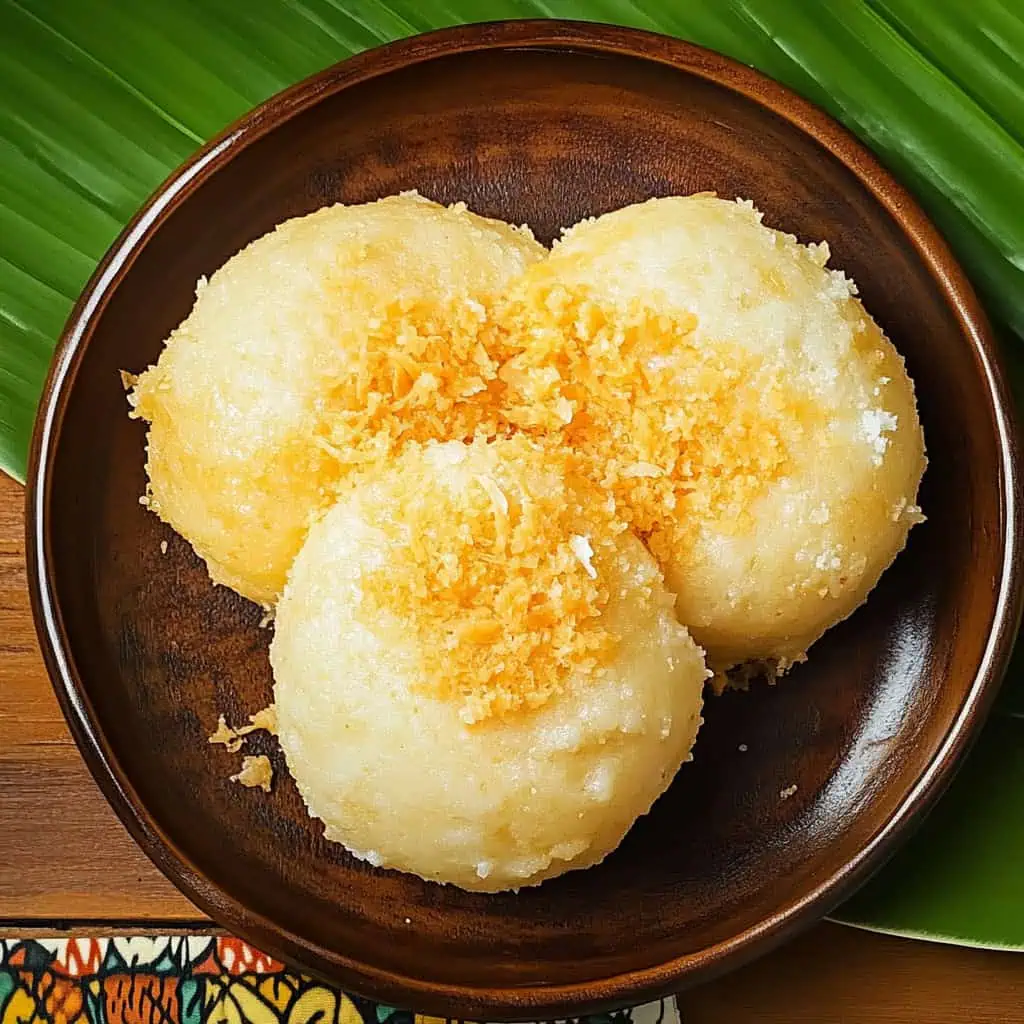
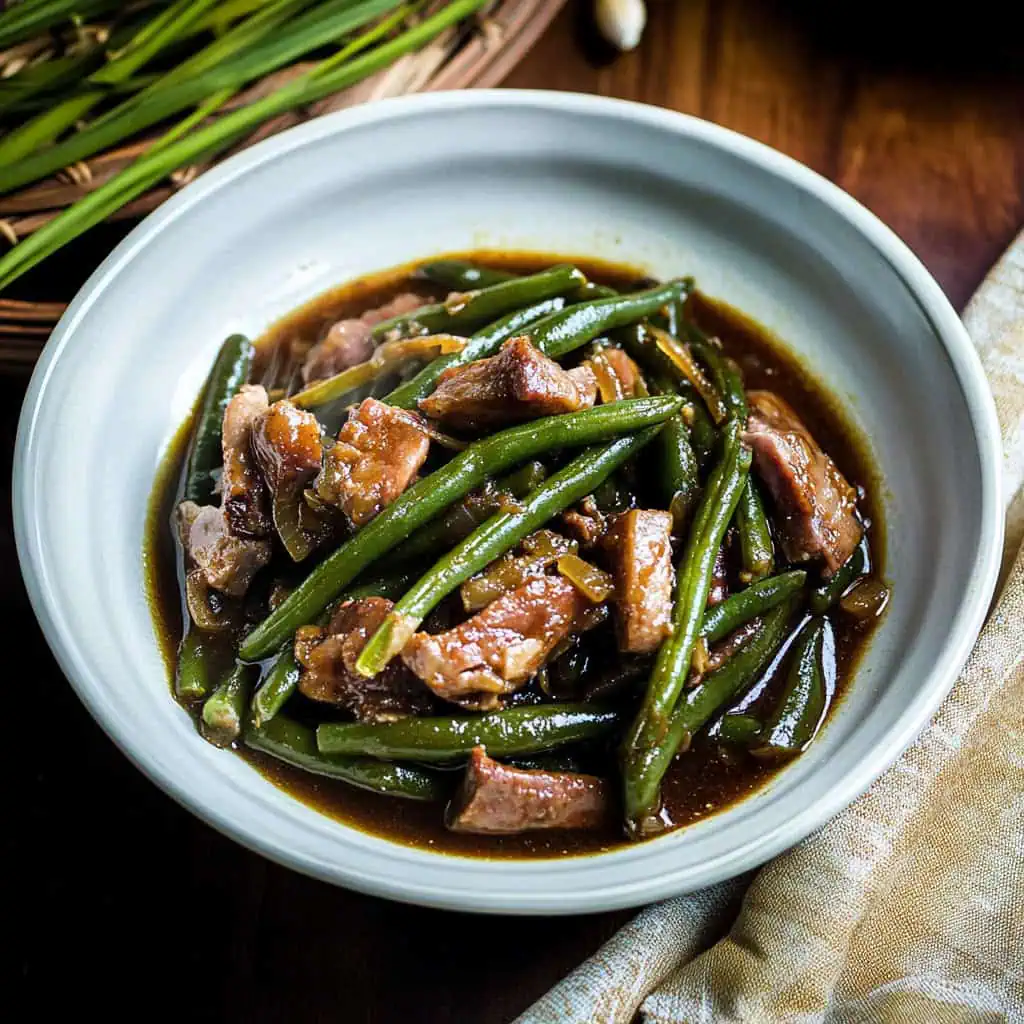

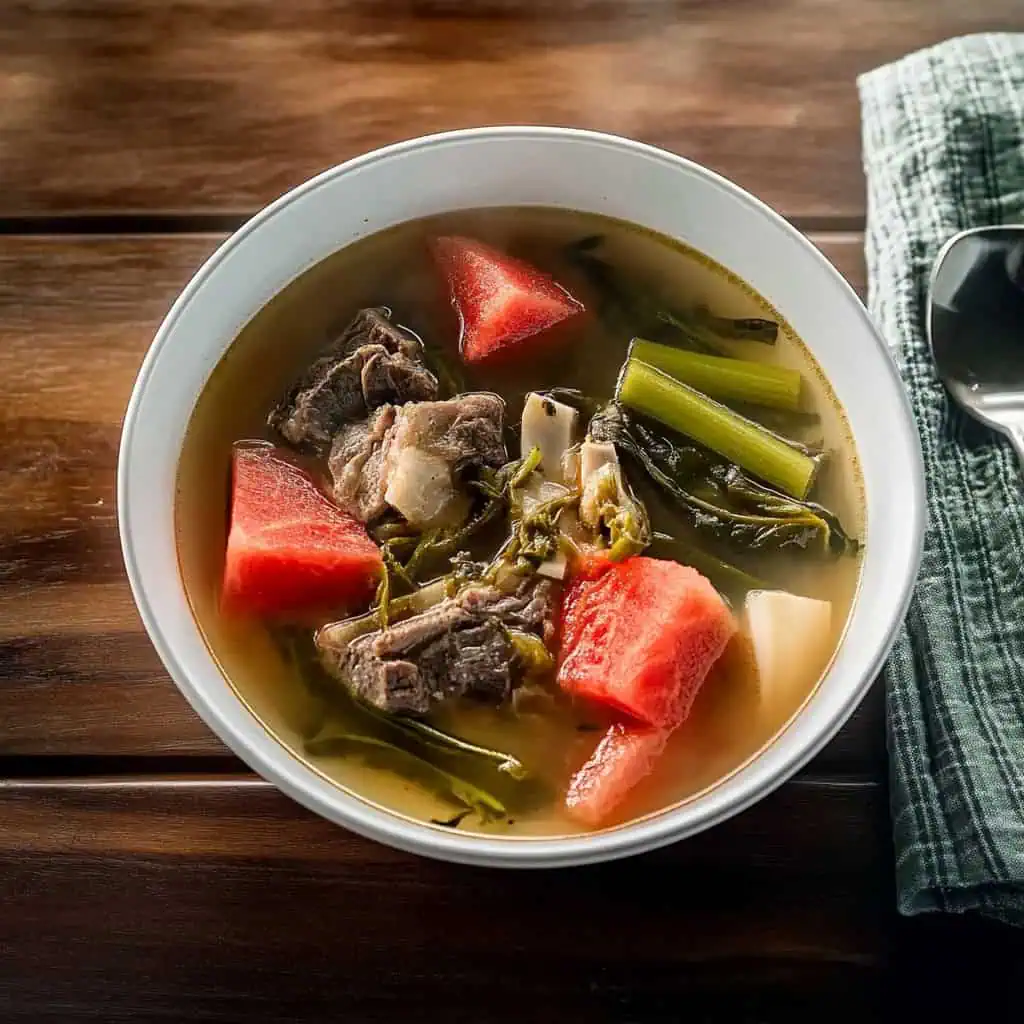

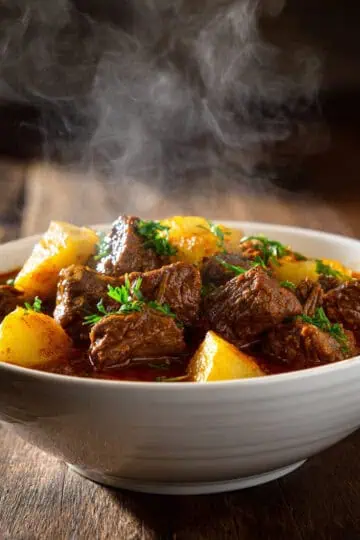


Comments
No Comments